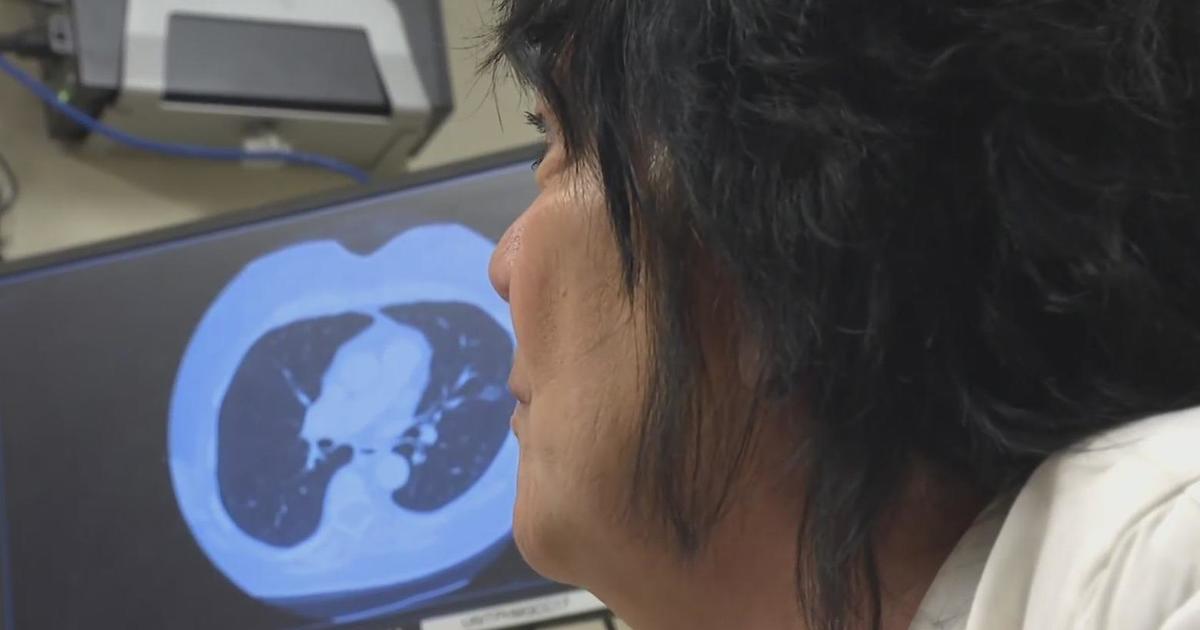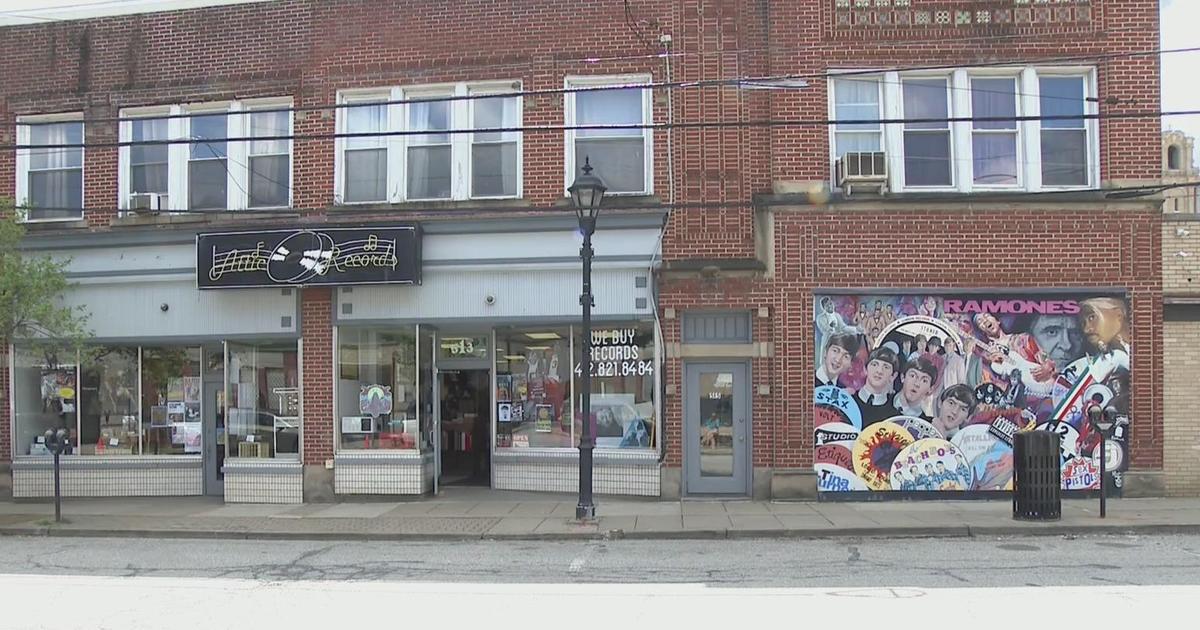New Online Tool Helps Determine Coronavirus Transmission Rate Indoors
PITTSBURGH (KDKA) -- The temperatures are plunging, and our days are numbered in the fresh outdoor air. But how can we safely gather inside again without risking infection?
From bars and restaurants to schools and churches, many are now calculating the risk of moving indoors.
"Is it really worth the risk of meeting in this space versus meeting in that space if it means that we are going to potentially harm people?" asked Rev. Dr. Tyler Domske of Wexford Community Presbyterian Church.
KDKA's Meghan Schiller learned there's a new online tool helping people, like Rev. Domske, make informed decisions. Rev. Domske told KDKA he doesn't need to remember the last time he preached in his sanctuary. It's written on the walls but coming back isn't as simple.
"The fact that our ceilings are little lower, there's not good airflow through here. It raises the risk of infection," said Rev. Domske.
He just found out his sanctuary isn't safe. Ironic, he said.
"The word sanctuary literally means safe. We realized that when you come to a worship space, you come to be safe. And if the very space prevents you from being safe, or increases your risk of being unsafe, then it's not a sanctuary," Rev. Domske said.
Rev. Domske calculated the risk of infection if his congregation filled the pews again using the Facility Infection Risk Estimator.
The online tool can be found here.
"It's 10 times more dangerous to be in this space just because of the ceilings and the ventilation and things like that," said Rev. Domske.
The sanctuary is more dangerous in comparison to another space down the hallway called the Fellowship Hall. Two spaces with two different "infection outcomes" given someone shedding the virus sat in the space for the 50-minute service.
"If you have a basic understanding of the characteristics of your facility, you can actually use it and then analyze different options to help lower the probability of infection in the space," said Pete Jefferson of BranchPattern.
Jefferson is one of the brains behind the free and simple online tool that helped Rev. Domske learn about the infection rates. Jefferson's consulting company, BranchPattern, first created the tool to model the spread of the flu indoors.
"The simple characteristics are the dimensions of the space," said Jefferson. "The square footage and then the height. That essentially defines the box."
Jefferson then uses the tool to plug-in details for heating, ventilation, how many people are in the room, and the duration of time.
For the sanctuary: "The infection rate would have been about 16 percent. So by moving to the Fellowship Hall, we were able to reduce that [to two percent]," said Jefferson.
Anyone can play around with the parameters and watch the infection rates fluctuate.
"Ideally, who we would want to use it the most would be schools, specifically, K-12th grade schools, and that's in part because we know that they are the most severely under-ventilated already," said Jefferson.
He hopes more Pittsburghers discover the tool before heading inside the wrong space this fall. Rev. Domske said it made a complicated decision very simple for his congregation.
"Oh, this is 'more safe' than that place. Then it made any kind of frustrations that we would have over preference get thrown out the window because it legitimately was a matter of life or death," said Rev. Domske.
More From KDKA:



